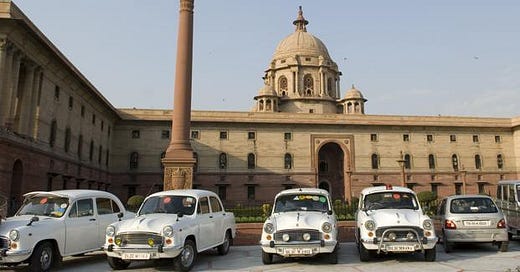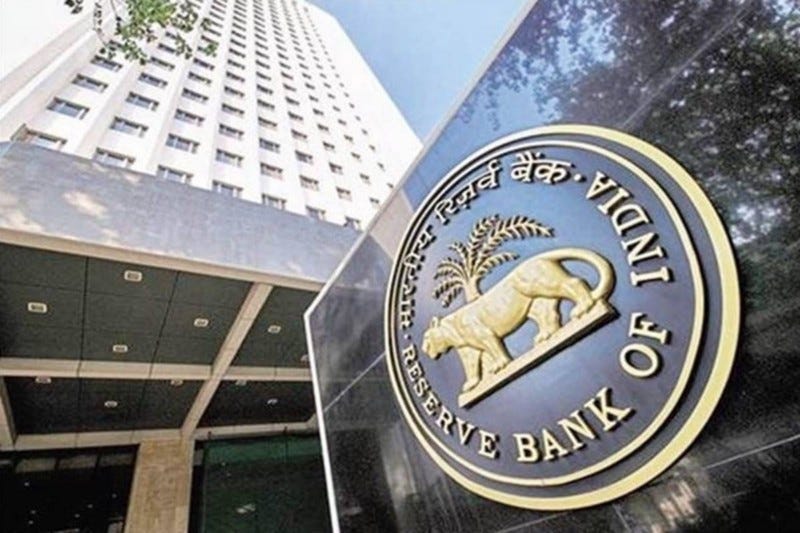Shall it retrieve NPAs worth Rs 2 lakh crore?
Latest Government Initiative
The Finance Minister, Mrs Nirmala Sitharaman, on Thursday (16/6/2021) revealed the Union Cabinet’s approval of a Central Government guarantee of Rs.30,600 crore to tackle the stressed loan assets of public-sector banks. The non-performing assets (NPAs) to the extent of Rs.2 lakh crore are expected to be addressed, with a target of Rs 90,000 crore in the first phase. The bank stocks responded enthusiastically, seeing this scheme as an indication of the Government’s firm resolve to go after wilful defaulters, who have often used the legal processes to thwart the recovery efforts of the banks.
National ARC
The National Asset Reconstruction Company Limited (NARCL), or the Bad Bank, owned 51% by the public sector banks, shall be the nodal agency to spearhead this in a mission-mode. Working within the extant regulations of the Reserve Bank of India (RBI), NARCL shall be assisted by the India Debt Resolution Company Limited (IDRCL), a professionally-managed operational entity, with a minority public-sector stake. The overall scheme envisages the NARCL taking over bad loans/stressed assets from public sector banks at “an agreed value”, paying 15% upfront in cash and the remaining 85% in the Government-guaranteed Security Receipts (SRs).
The PIB Press Note conceded that the 28 asset reconstruction companies (ARCs), already existing, had not been effective in tackling big loans, while they had been quite useful in the case of smaller value debts. Hence, the new public sector behemoth was expected to focus only on bad loans in excess of Rs 500 crore.
Funding Pattern
The Press Note has not explicitly revealed, what can be easily inferred from the official figures mentioned therein itself. For instance, if the Central Government guarantee of Rs.30,600 crore is expected to form 85% of the agreed settlement amount, it can easily be deduced that the remaining 15% shall have to be chipped in by way of the share-capital contribution towards Rs.5400 crore of NARCL, 51% of which shall have to be provided by the public sector banks. This additional contribution of approximately Rs. 2700 crore does not appear to be much, if bad loans amounting to Rs.2 lakh crore can be recovered or settled. It is also a happy situation for the Central Government because it does not involve any immediate cash outflow, which would have disturbed the fiscal balance/deficit, but is merely a contingent liability.
Expected Efficacy
The NARCL with a notional kitty of Rs.30, 600+5400 = Rs 36, 000 crore, is thus expected to buy out non-performing assets having a book value of two lakh crore. These figures reveal a very crucial ratio (36000:2 lakh crore) of barely 18%. Does that mean that the expectation of the Government is only to recover 18 rupees against an outstanding loan of Rs.100? The mandarins of the Finance Ministry might like to argue that all the loans would not be settled in one go an , therefore, the available capital would be rotated multiple times by the NARCL.
Considering the stipulated timeframe 5-year timeframe of the SRs, one would not expect the capital to be rotated more than 10 times, given the lengthy and fiercely contested settlement procedures, assuming a very optimistic timeframe of six months to tackle one big-ticket bad loan asset. It may also be mentioned that the SRs can be encashed only after either the liquidation has taken place or the case has been finally resolved/ settled. In any case, the Central Government will not reimburse hundred percent of the face value of the SR, but only the difference between the face-value and the actual amount realised through liquidation/settlement process. Moreover, NARCL is also expected to pay a guarantee-fee of 0.25%, which will eventually rise to 0.50%.
Inherent Limitations
Thus, either the loans would be taken over from the banks at a very small fraction of the book-value, or the Finance Ministry has been over-optimistic in estimating the efficacy NARCL, running as a PSU. In either case, the amount actually recovered would be only a very small percentage of the book-value of the bad loan outstanding. At best, it would transfer the liabilities from the balance sheet of the public sector bank to NARCL, without turning the heat on the defaulting companies and their promoters. The only comfort for the public sector banks would be that since the “agreed value” to buy off the bad debt is being negotiated with the public sector entity, that is NARCL, no uncomfortable questions shall perhaps be posed by agencies like the CAG/CVC/CBI.
Additional measures required
Business losses are a part and parcel of every enterprise, but money cannot vanish into thin air. In most such cases, funds have been repatriated abroad to tax havens, under sham transactions, ostensibly to buy assets abroad or subscribing to the share-capital of overseas entities, or two fund imports. A forensic audit by a professional company would easily reveal such embezzlement or misappropriation of funds. Irrespective of whether the bad loans are settled or recovered through the process of NARCL, criminal proceedings as well as attachment of the other assets of the promoters under Prevention of Money Laundering Act, 2002 (PMLA), through the Enforcement Directorate (ED), must continue, not only in the interest of justice but also as a deterrence for other unscrupulous operators
In absence of that, the latest initiative of the Finance Ministry, though quite welcome in-principle, may peter out, without making any significant dent into the humongous problem that it seeks to solve.
___________________________________________________________
KBS Sidhu recently superannuated from the IAS, 1984 batch of Punjab Cadre. The views expressed are personal
Kbs.sidhu@gmail.com





